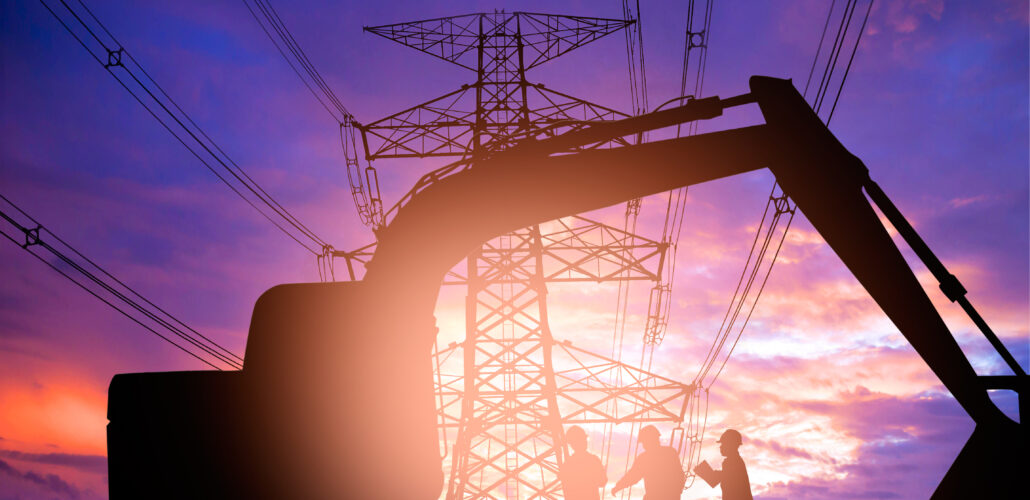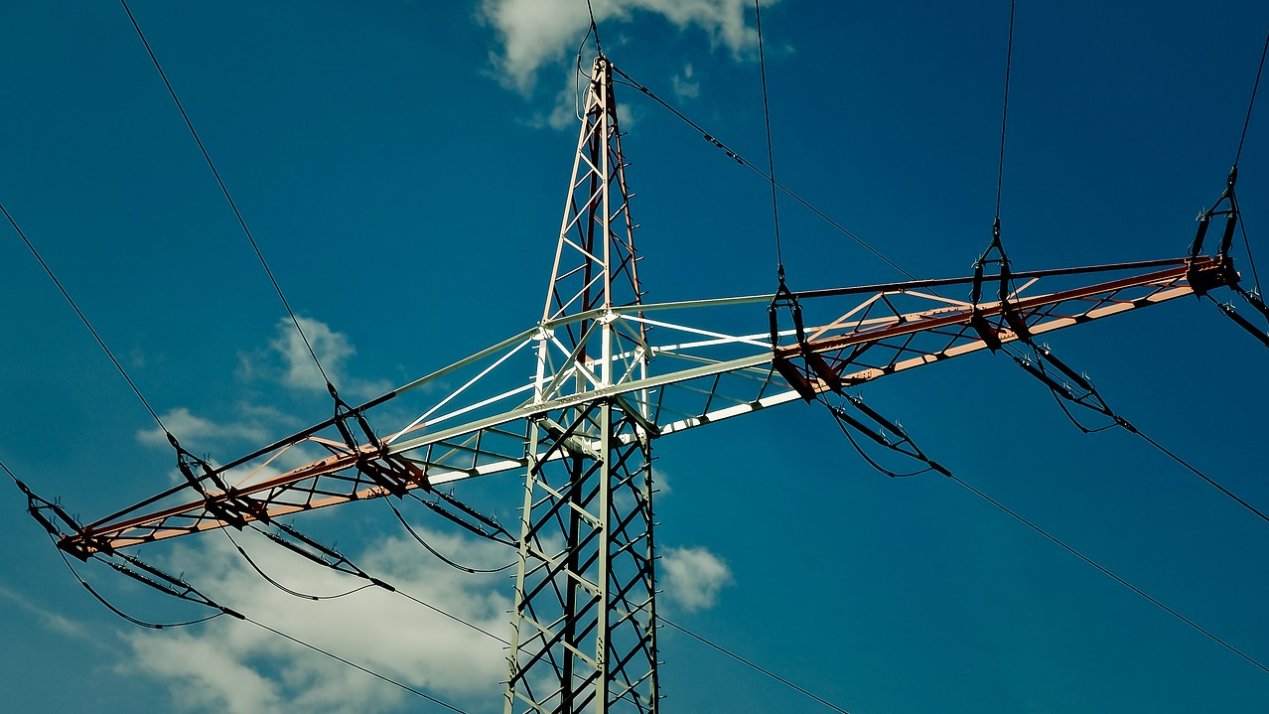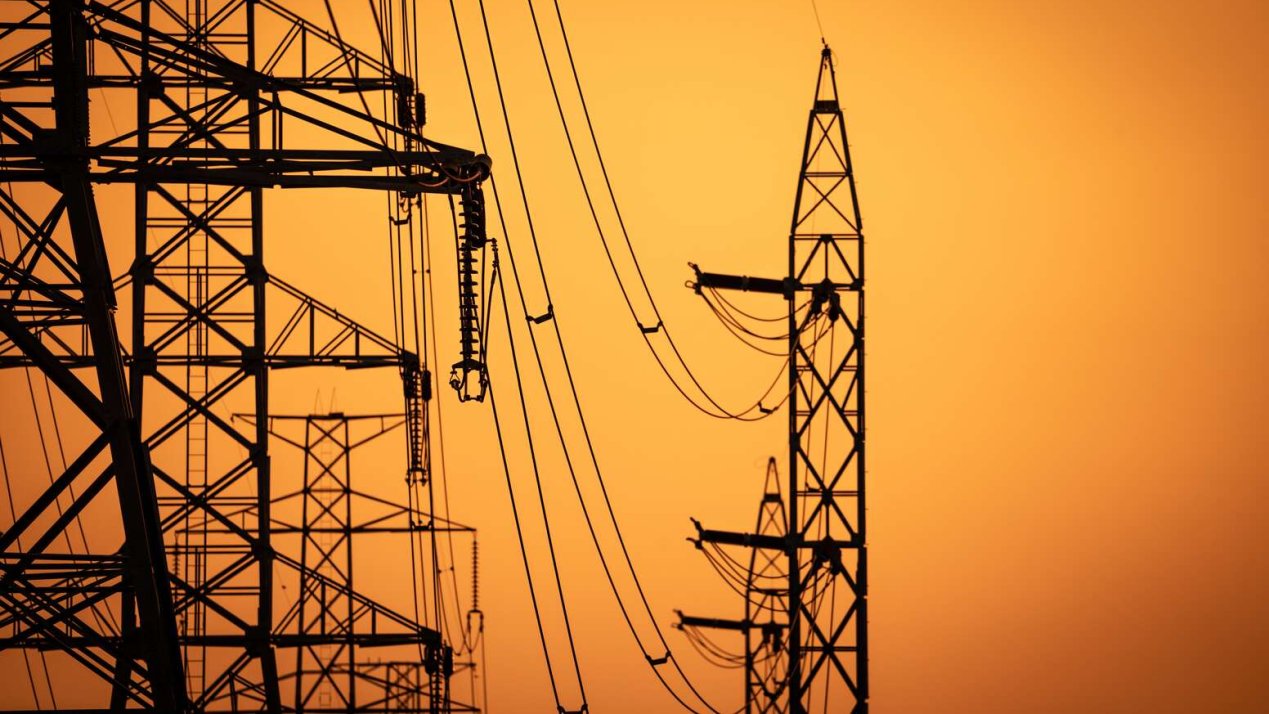Mexico to Invest $8.18 Billion in Expanding National Transmission Network
The Mexican government has launched one of the most ambitious overhauls of its electricity infrastructure in decades, committing nearly MX$164 billion (US$8.18 billion) to expand and modernize the National Transmission Network as part of the 2025–2030 Strategic Plan for Strengthening and Expanding the National Electric System.
The program, presented by Energy Minister Luz Elena González and CFE Director General Emilia Calleja, includes the construction of 275 new transmission lines (6,735 km) and 524 new substations, benefiting over 50 million users nationwide.
“Transmission networks are the highways of electricity,” González said, highlighting their role in moving energy from generation hubs—such as the Salamanca and Villa de Reyes plants—to homes, businesses, and industry.

Regional Expansion
The plan is divided into three geographic zones:
– North: 69 projects including 137 transmission lines and 247 substations to reinforce industrial corridors and expand household access.
– Central: 49 projects with 90 lines and 181 substations, aimed at boosting efficiency and meeting growing urban and industrial demand.
– South: 30 projects with 48 lines and 96 substations to deliver electricity to over 1 million households, particularly in Veracruz, Oaxaca, and Chiapas.
Modernization and Smart Grid Investment
CFE will invest heavily in smart grid technology, deploying fiber optics, digital transformers, high-temperature cables, and advanced sensors for real-time monitoring. Predictive maintenance tools, drones for terrain analysis, and hurricane-impact modeling systems (SIRETIH) will also enhance reliability and disaster response.
“This expansion is not just about building new lines and substations,” Calleja emphasized. “It is about increasing the reliability and capacity of the entire system, ensuring that energy reaches every corner of the country safely and efficiently.”

Energy Security and Affordability
The government stressed that electricity tariffs will remain stable, rising only in line with inflation. González framed the initiative as both a matter of national security and social justice, adding: “We are consolidating our energy independence with a forward-looking vision, putting the public interest at the center of all our actions.”
Challenges for Renewable Energy
Despite the progress, industry leaders point out that transmission remains the key bottleneck for renewable energy projects. The Mexican Wind Energy Association (AMDEE) estimates that 400MW of wind power capacity is still awaiting grid connection.
Private sector executives welcomed the government’s long-term planning, noting its importance for integrating renewables and avoiding congestion. “Generation is not the problem—projects can be built in six months to a year,” said Pedro Aznar, Country Head at Prosolia. “The issue is transmission, as networks simply do not have the capacity.”
Juan Pablo Saenz, Country Manager at Atlas Renewable Energy, added: “It is key to plan the electricity system’s expansion in order to avoid imbalances between supply and demand. Energy must be affordable, clean, and reliable.”

To check out more news, visit: Invest Monterrey News

Comments are closed here.